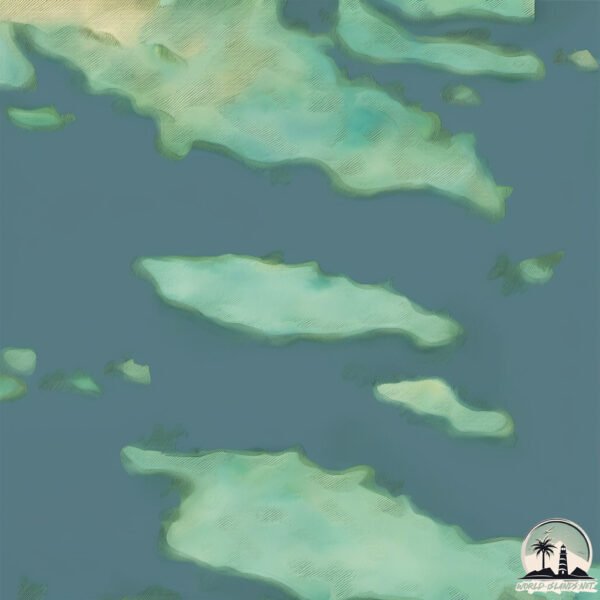Welcome to Baggen , a Continental island in the Gulf of Bothnia, part of the majestic Atlantic Ocean. This guide offers a comprehensive overview of what makes Baggen unique – from its geography and climate to its population, infrastructure, and beyond. Dive into the details:
Geography and size of Baggen
Size: 4.218 km²Coastline: 11.6 kmOcean: Atlantic OceanSea: Gulf of BothniaContinent: Europe
Baggen is a Small Island spanning 4.2 km² with a coastline of 11.6 km.
Archipel: –
Tectonic Plate: Eurasia – One of the world’s largest tectonic plates, the Eurasian Plate covers a significant portion of Europe and Asia. It’s characterized by diverse geological features, including the Ural Mountains, the European Plain, and the Himalayas formed from its collision with the Indian Plate.
The geographic heart of the island is pinpointed at these coordinates:
Climate and weather of Baggen
Climate Zone: ContinentalClimate Details: Warm-Summer Humid Continental ClimateTemperature: Warm Summer
Climate Characteristics: Features warm summers and cold winters with consistent precipitation, common in higher latitudes.
Topography and nature of Baggen
Timezone: UTC+01:00Timezone places: Europe/ParisMax. Elevation: m Mean Elevation: mVegetation: Evergreen Needleleaf ForestTree Coverage: 61%
The mean elevation is m. The island is characterized by Mountains: High, steeply elevated landforms. Characterized by both a high maximum elevation (over 500 meters) and a high mean elevation, creating rugged, mountainous terrains on islands.
Dominating Vegetation: Evergreen Needleleaf Forest
Vegetation: 7 vegetation zones – Very Highly Diverse Island
Infrastructure and Travelling to Baggen
Does the island have a public airport? no .
Does the island have a major port? no .
The mean population of Baggen is 13 per km². Baggen is Gently Populated. The island belongs to Sweden .
Continuing your journey, Vargon is the next notable island, situated merely km away.
The Unbelievable Murder of Jessica Baggen
Jessica Baggen decided to walk home one night, but never made it home. It wasn't long before a local man went into the police ...
The Unbelievable Murder of Jessica Baggen
Jessica Baggen decided to walk home one night, but never made it home. ...
Jessica Baggen decided to walk home one night, but never made it home. It wasn't long before a local man went into the police ...
Baggen With The Boys
shorts Live on YouTube TikTok: ...
Hundägartips ll BAGGEN softbelt reflex
I den här videon visar jag upp ett hundförarbälte ifrån BAGGEN. Kan ...
I den här videon visar jag upp ett hundförarbälte ifrån BAGGEN. Kan köpas här:
http://www.baggen.se Song: Nekzlo - Island (Vlog No ...
Sweden is classified as Developed region: nonG7: Developed economies outside of the Group of Seven, characterized by high income and advanced economic structures. The level of income is High income: OECD.
News – Latest Updates and Headlines from Baggen
Stay informed with the most recent news and important headlines from Baggen. Here’s a roundup of the latest developments.
Loading...
Please note: The data used here has been primarily extracted from satellite readings. Deviations from exact values may occur, particularly regarding the height of elevations and population density. Land area and coastline measurements refer to average values at mean high tide.

